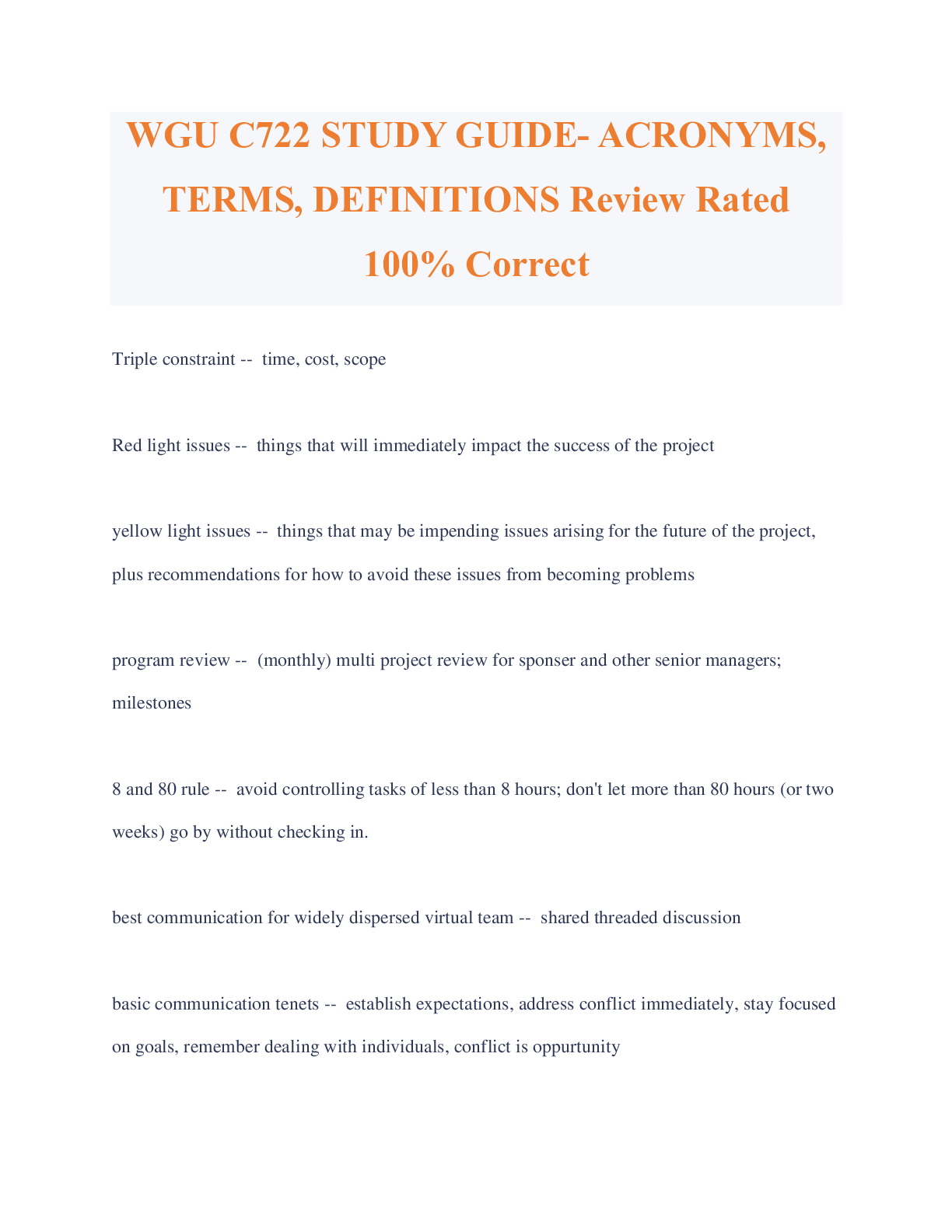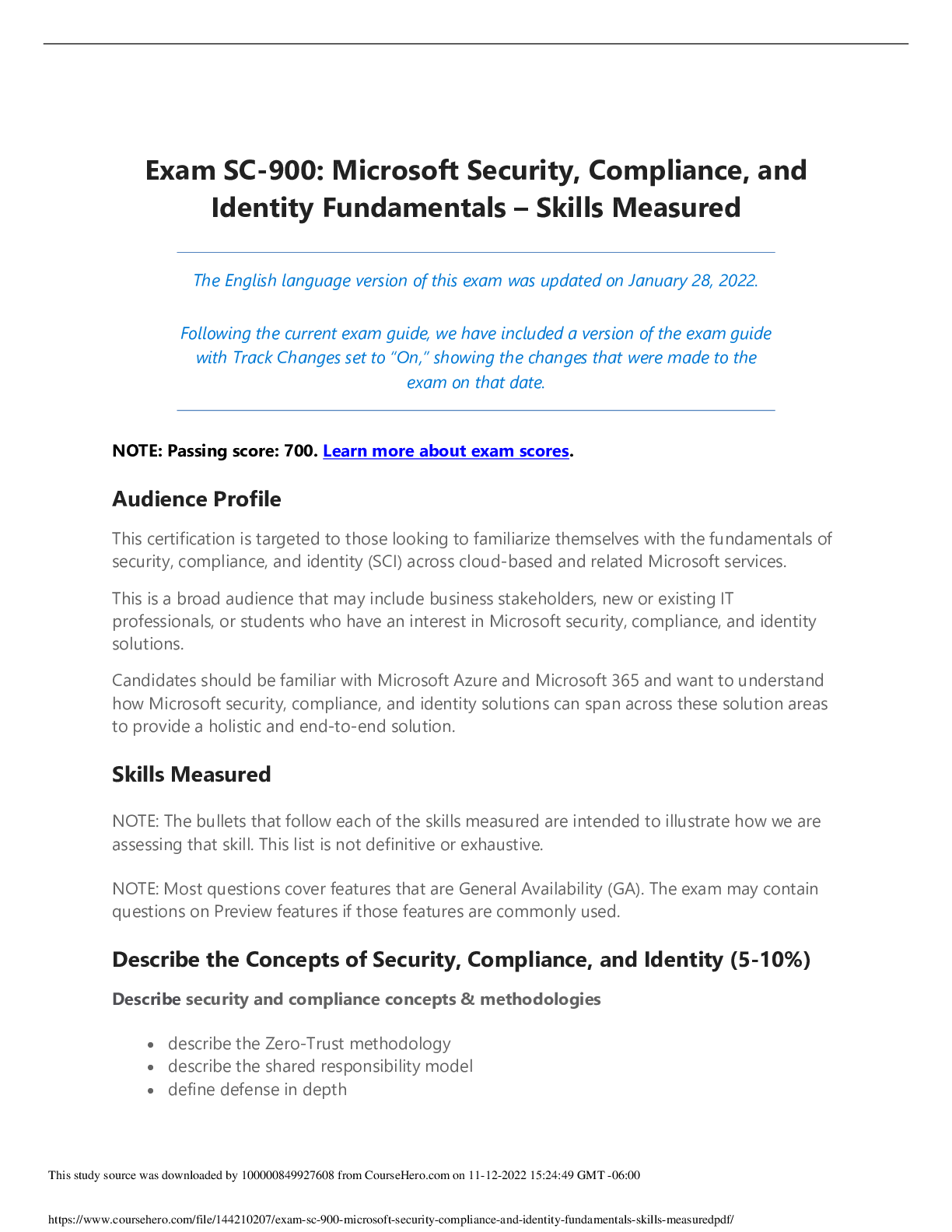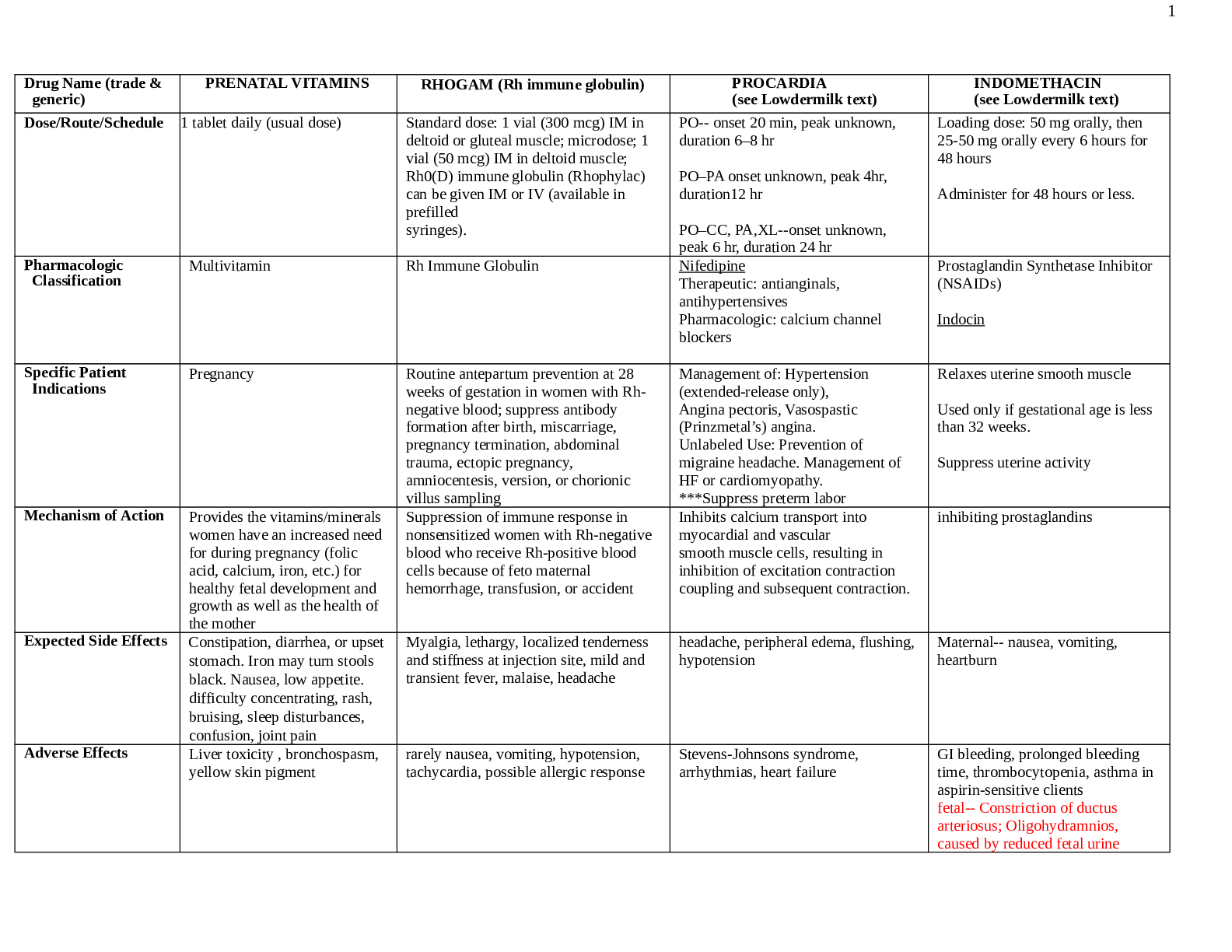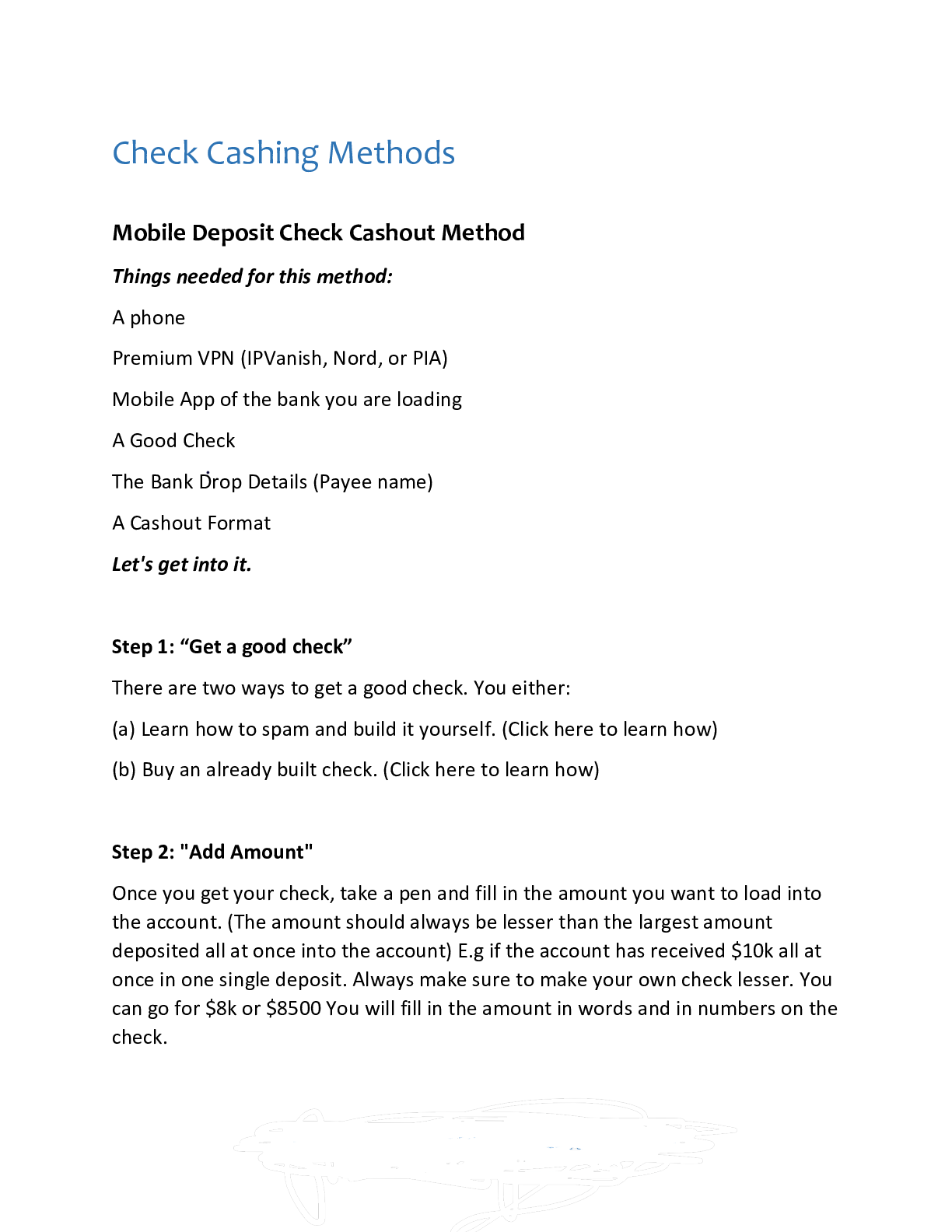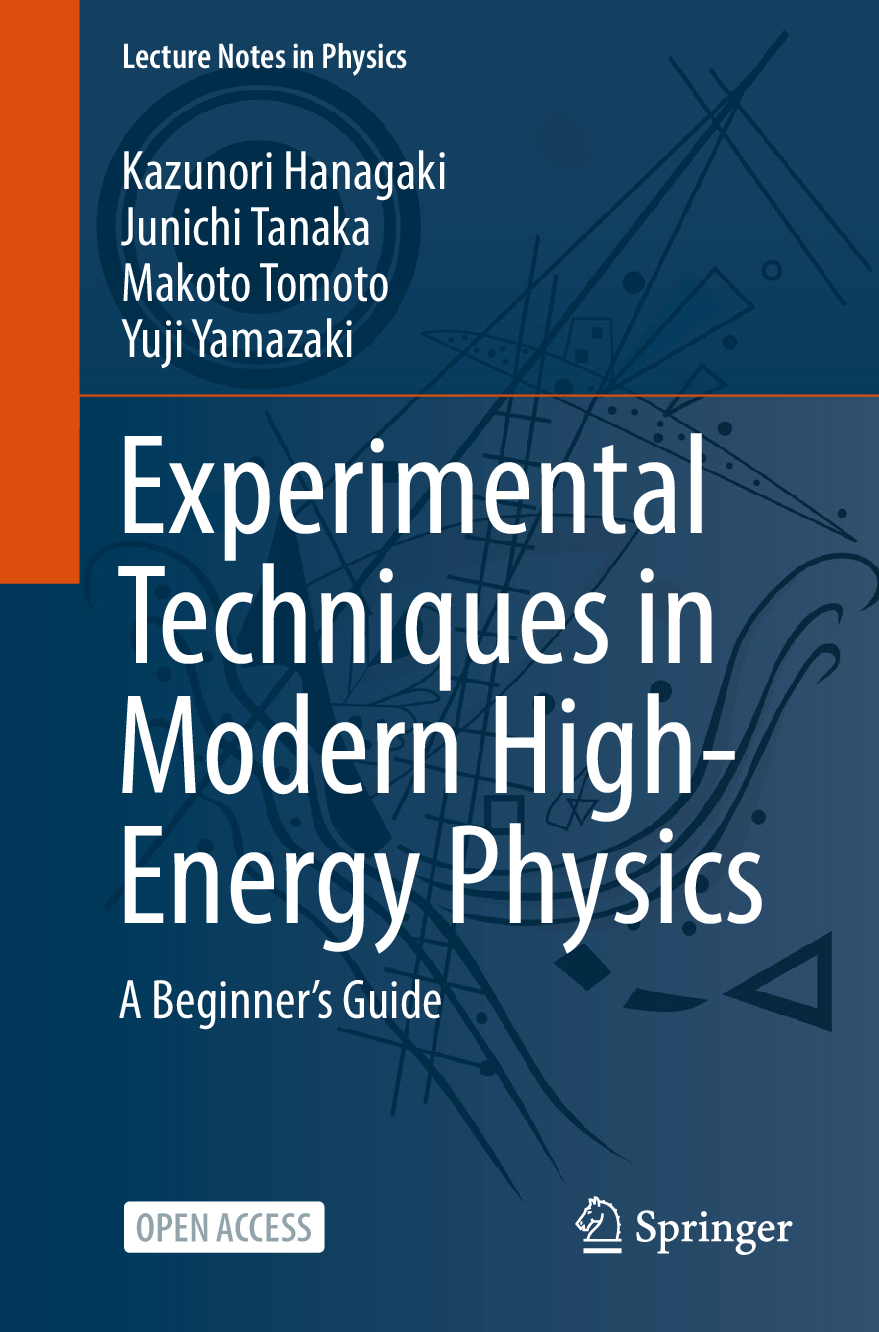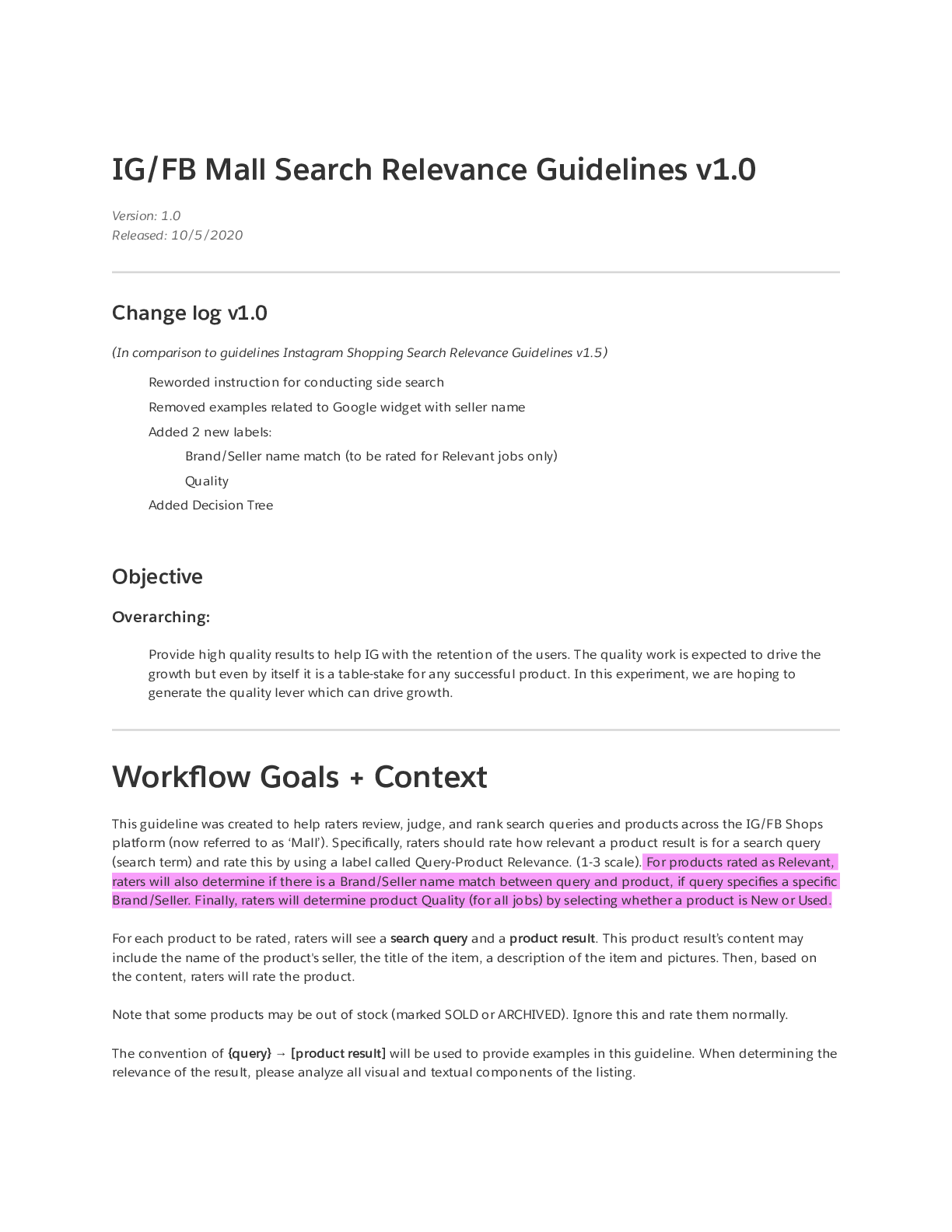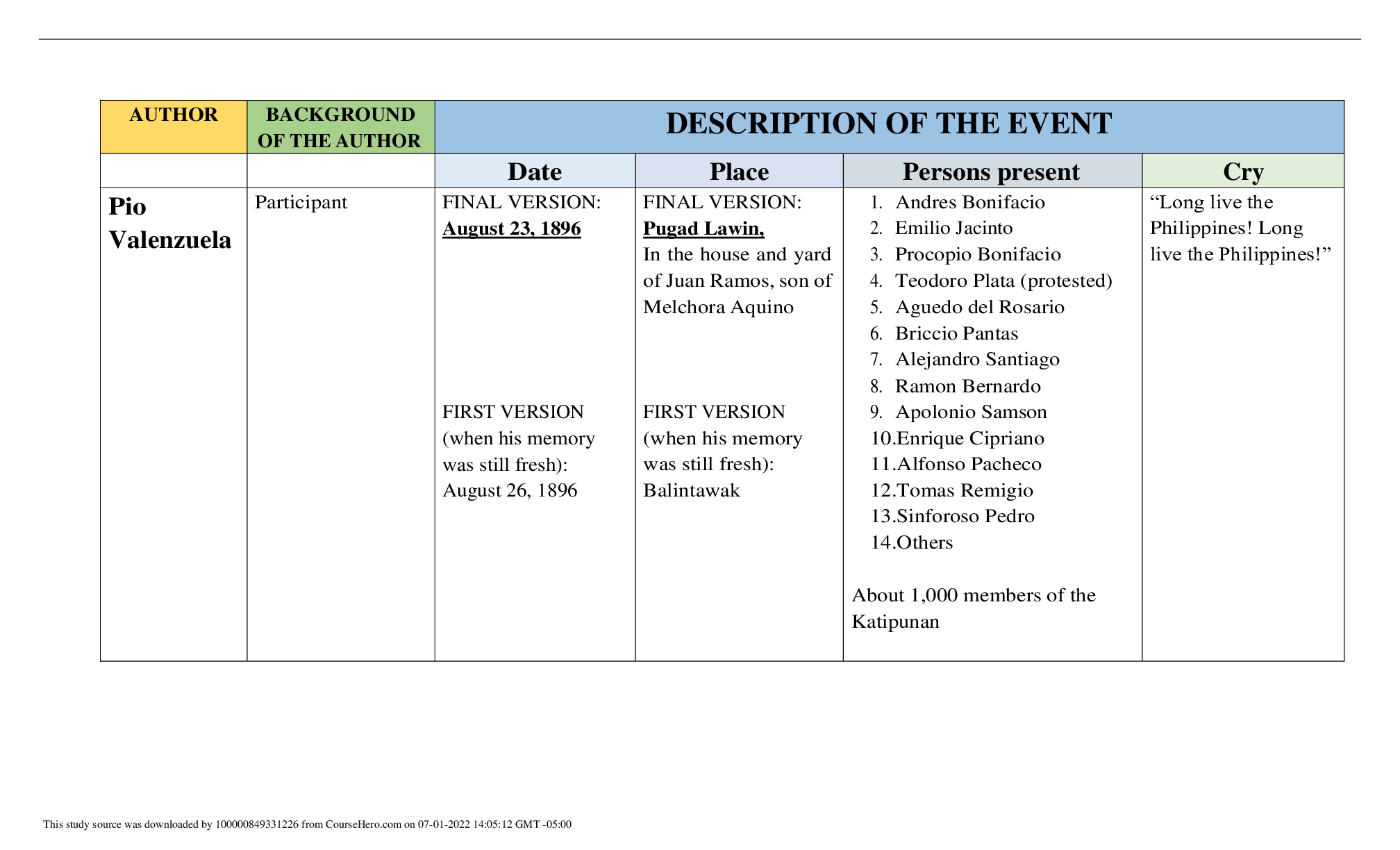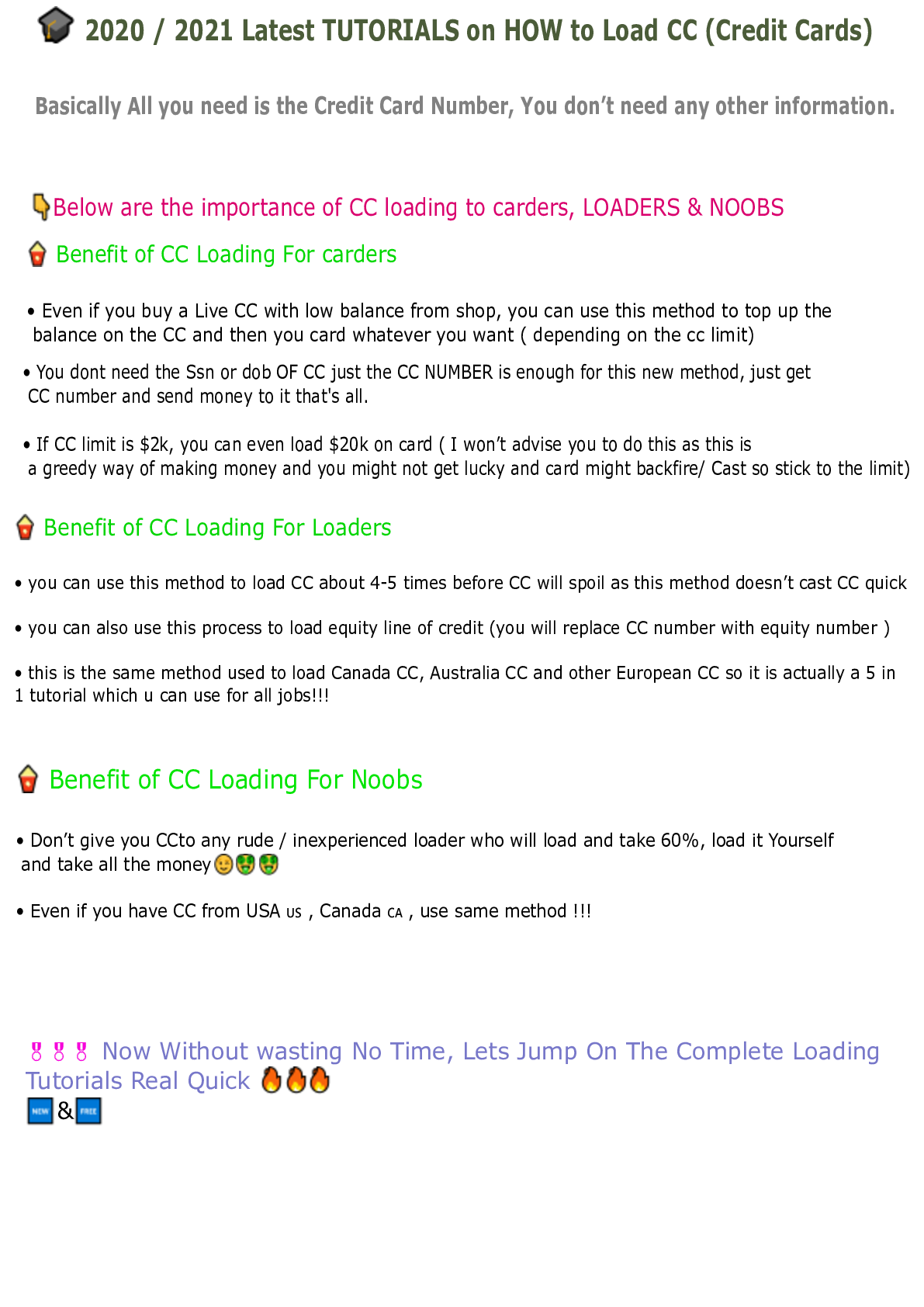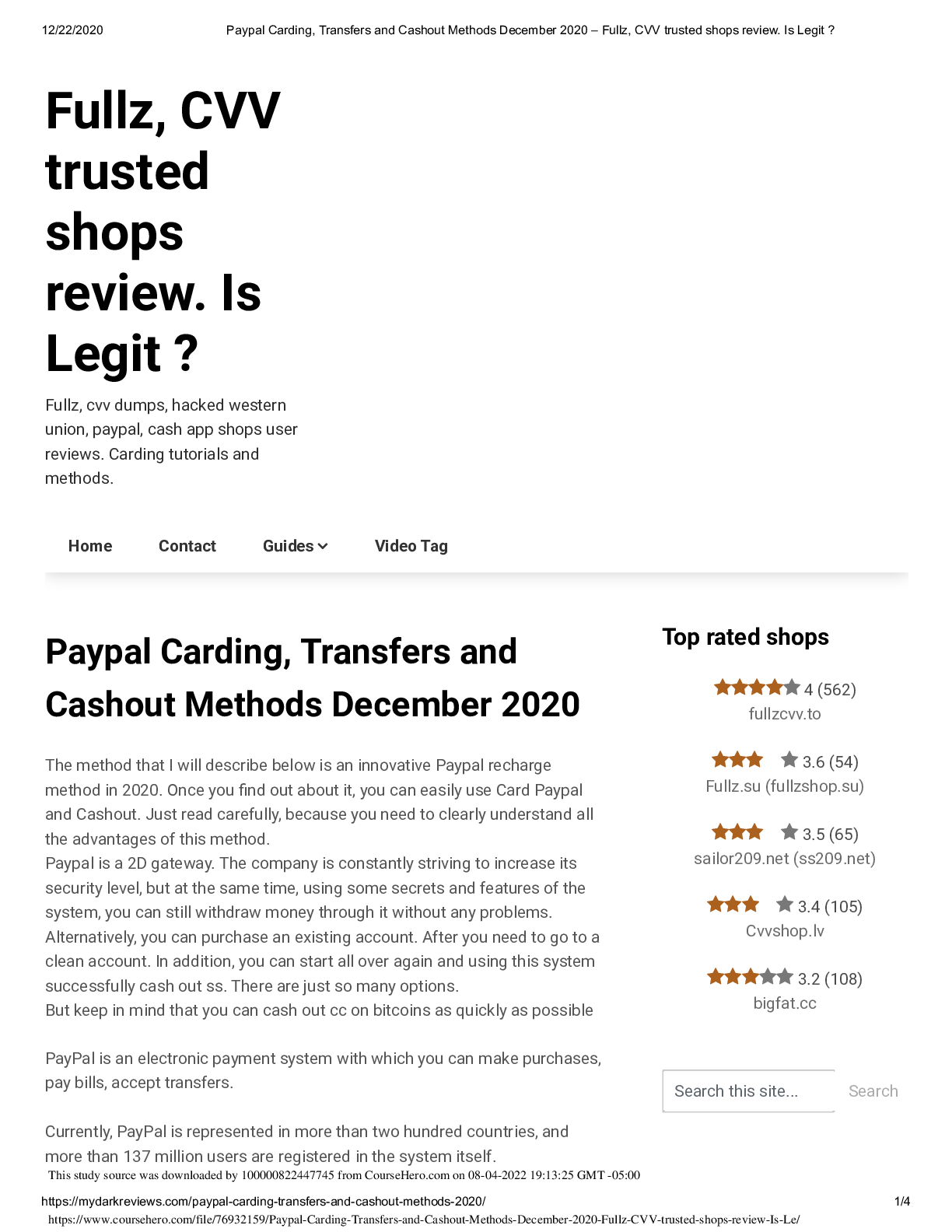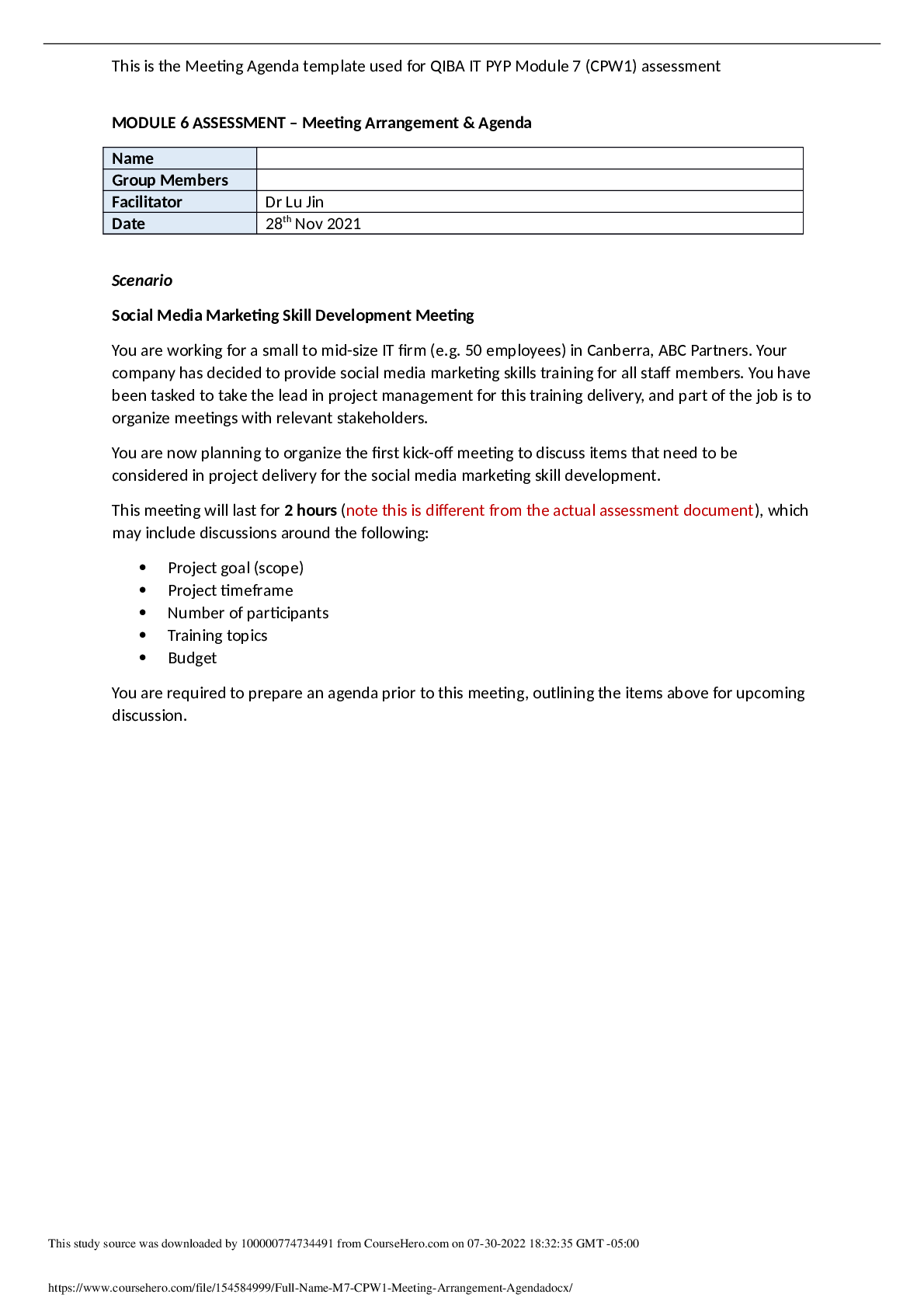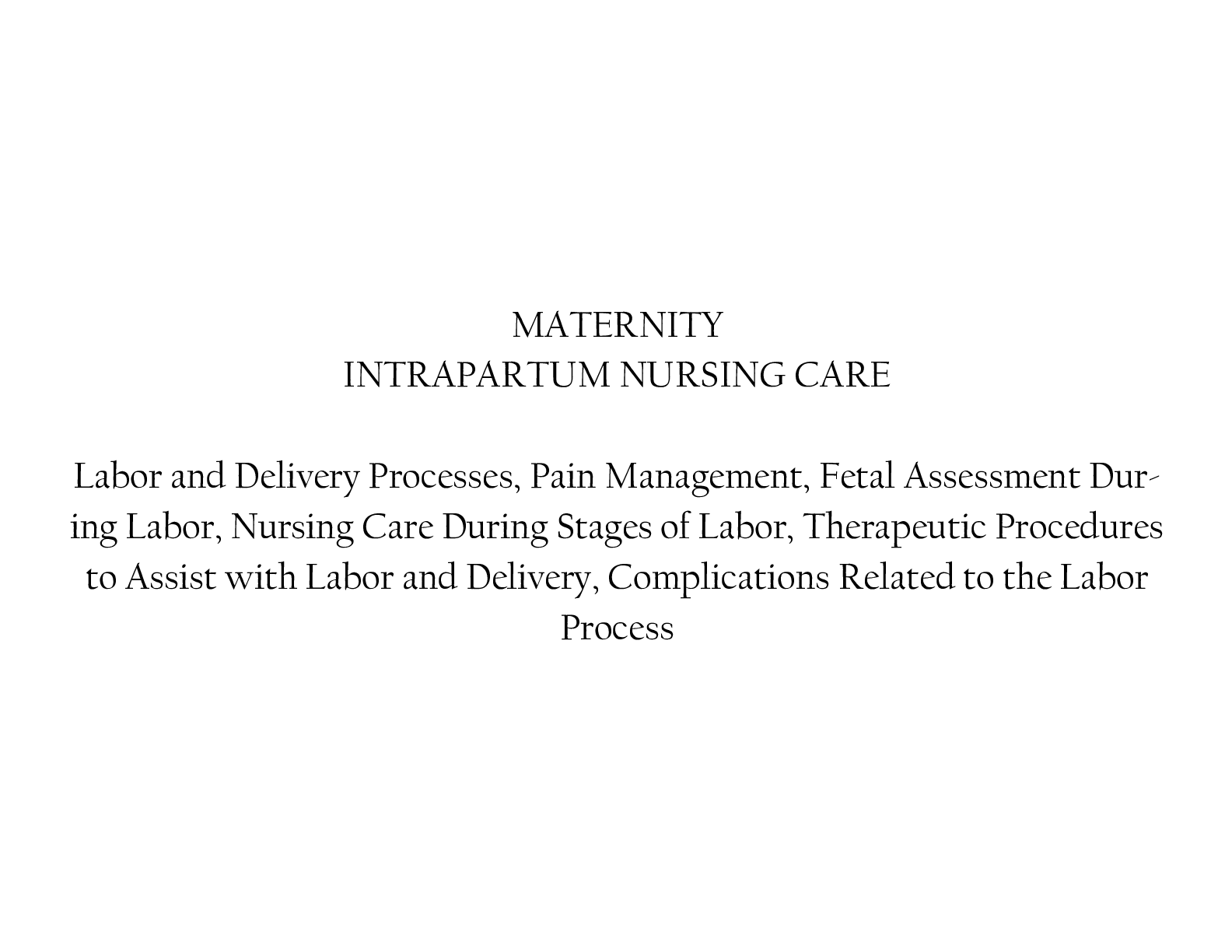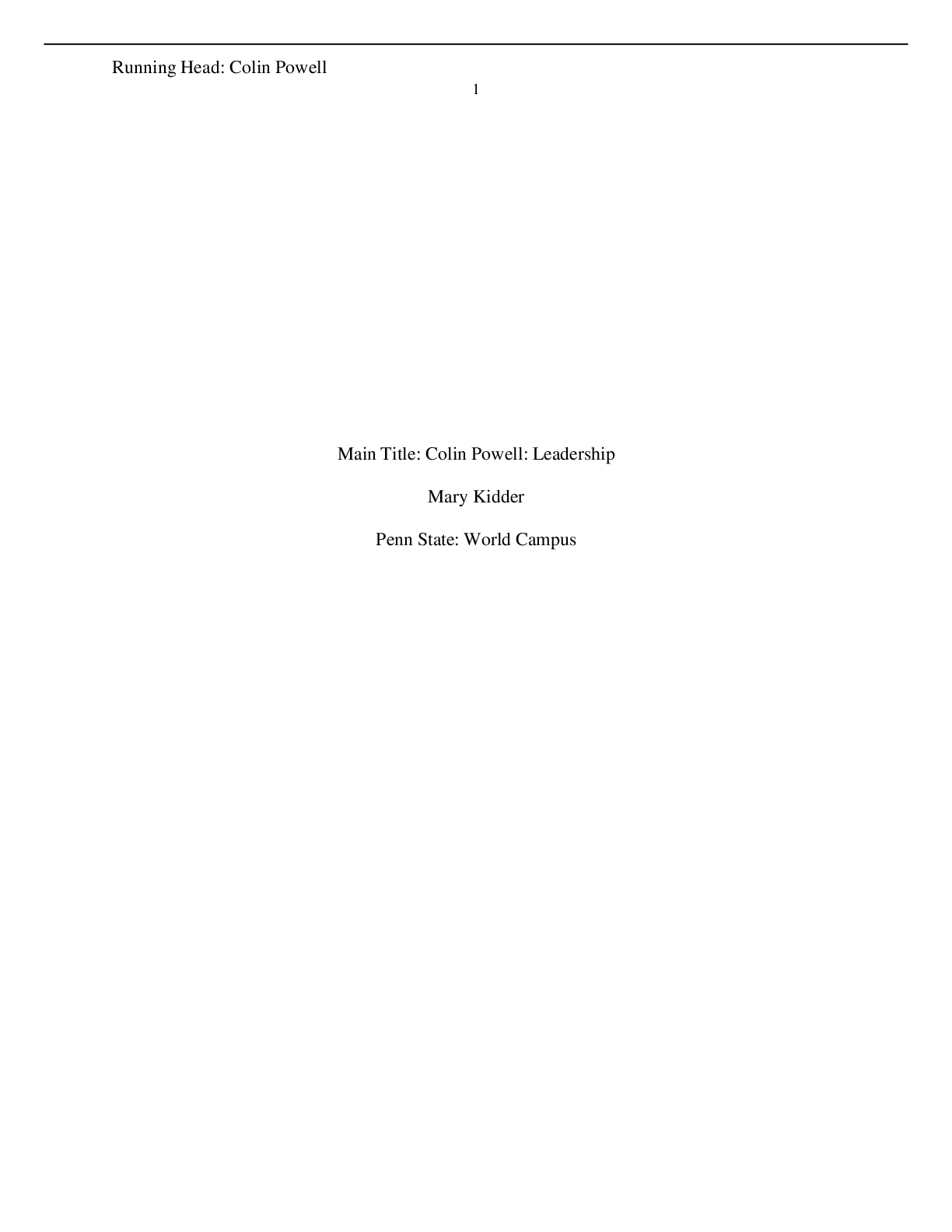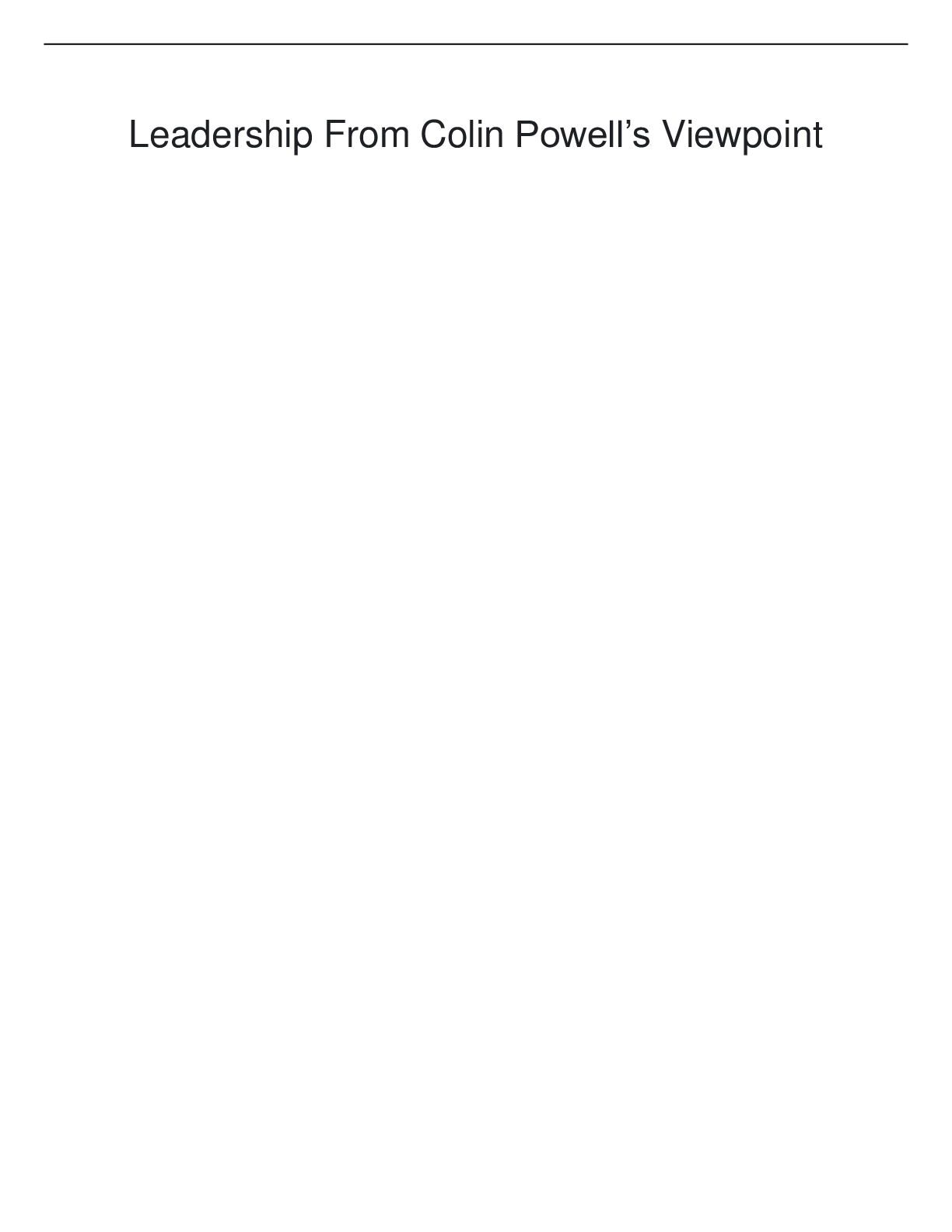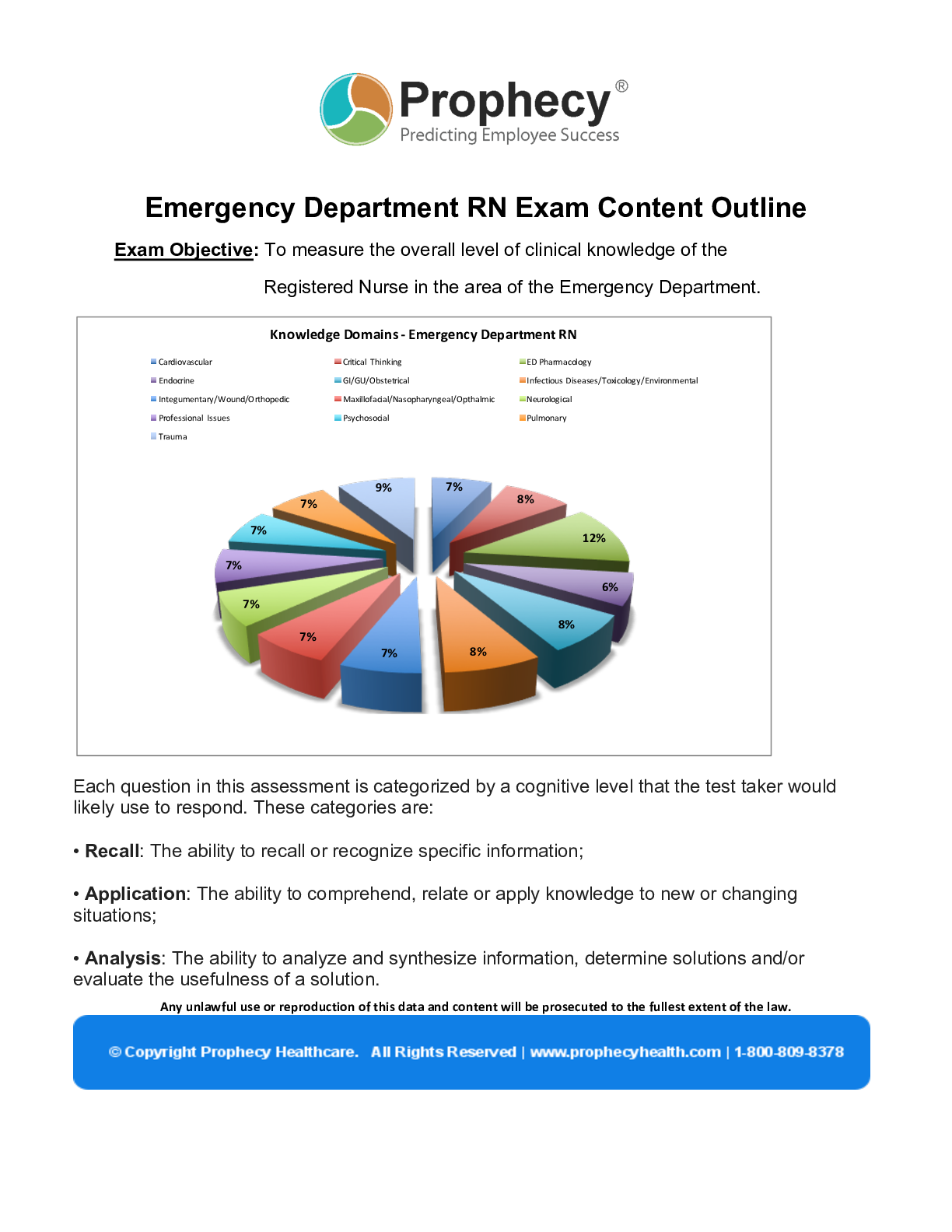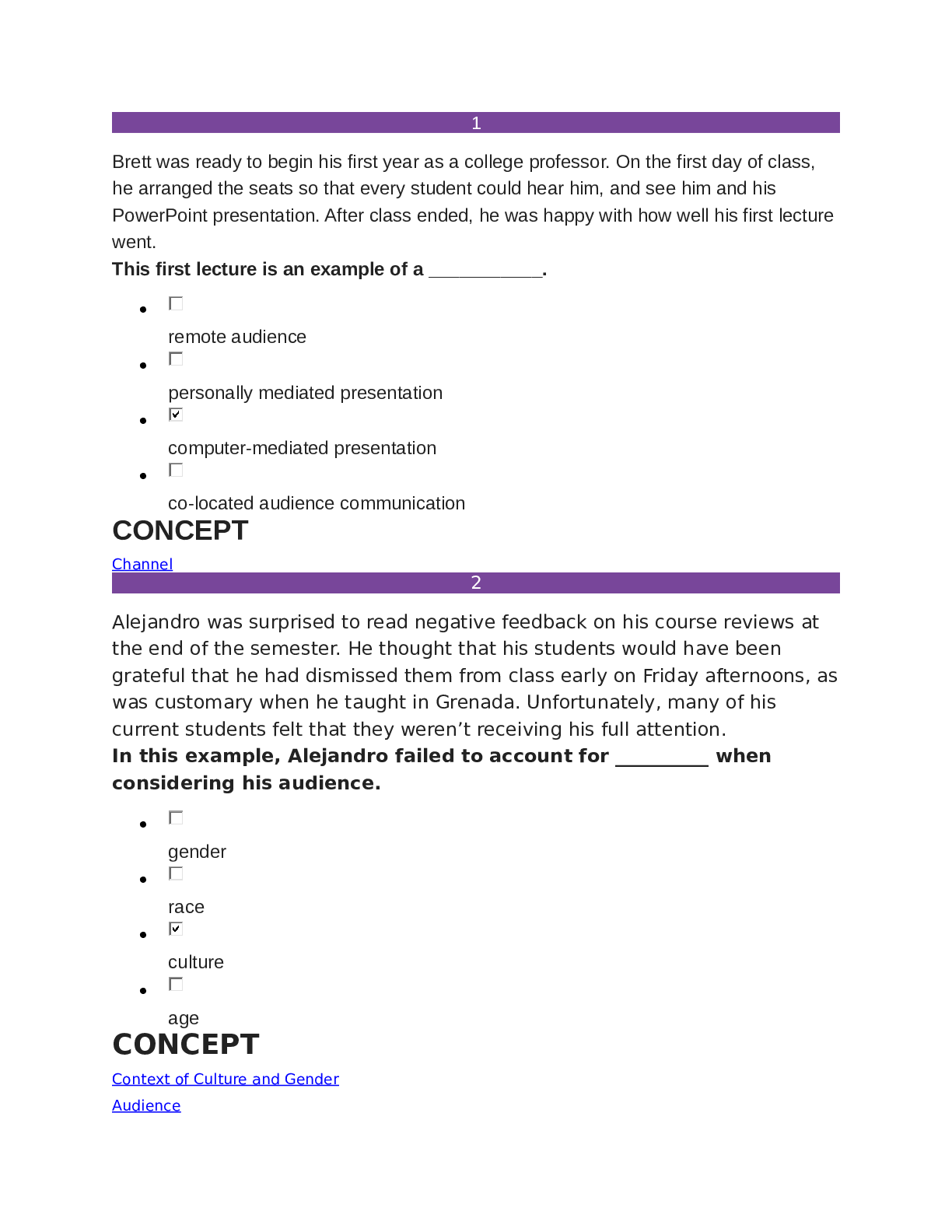*NURSING > GUIDELINES > Cardiac Output, Blood Flow, and Blood Pressure Study Guide. (All)
Cardiac Output, Blood Flow, and Blood Pressure Study Guide.
Document Content and Description Below
Cardiac Output (CO) − The volume of blood ejected by the ventricles per 1 minute o mL/min o ~5L at rest o Increases with: Sympathetic stimulation and exercise − CO= HR X SV o HR and S... V are directly proportional to CO ↑CR ↑CO ↑SV ↑CO o HR = beats/min o Stroke volume = mL/beat Strength of muscle contraction o Factors that increase heart rate Sympathetic nervous system Increases contraction strength increases SV o Factors that decrease heart rate Parasympathetic nervous system o Factors that affect stroke volume Stretch contraction strength End-diastolic volume (EDV) Amount of blood it receives Heart stretches by being filled with blood Stroke Volume (SV) − The volume of blood pumped by the ventricles per beat (or per systole) o SV= EDV-ESVà ~70 ml at rest/beat − SV can be increased during periods of ↑metabolic demand − Disease: ↑ESV ↓SV − Factors that affect stroke volume o Inotropy = contractibility o Preload o Afterload Contractility − Strength of contraction − The ability of the heart muscle to generate force during myocardial ventricular contraction − Positive inotropic agents: o ↑contractility o Include: 1 Hypercalcemia Calcium contracts muscle More calcium more contraction Catecholamines and sympathetic stimulation Increase force on contraction − Negative inotropic agents: o ↓contractility o Include: Hypocalcemia Hyperkalemia No gradient No repolarization can’t have new action potential Parasympathetic stimulation Not a direct effect Preload − Pressure within ventricles by blood contained after diastole before it contracts − EDV generates pressure − Pressure generated in ventricles by blood if contains − The more stretch the more force of contraction − Amount of tension in the L ventricle immediately before it contracts o ↑ preloadà ↑force of contraction o Closely related to venous return (VR)à Volume of blood that comes back to the heart closely related to EDV ↑VRà ↑preload − Frank-Starling law of heart - SV EDV o Ventricles eject as much blood as they receive o The more they are stretched, the harder they contract Factors that affect end-diastolic volume − EDV: increases force of contraction o Blood volume and venous pressure are the two major determinants − Venous return [Show More]
Last updated: 1 year ago
Preview 1 out of 23 pages
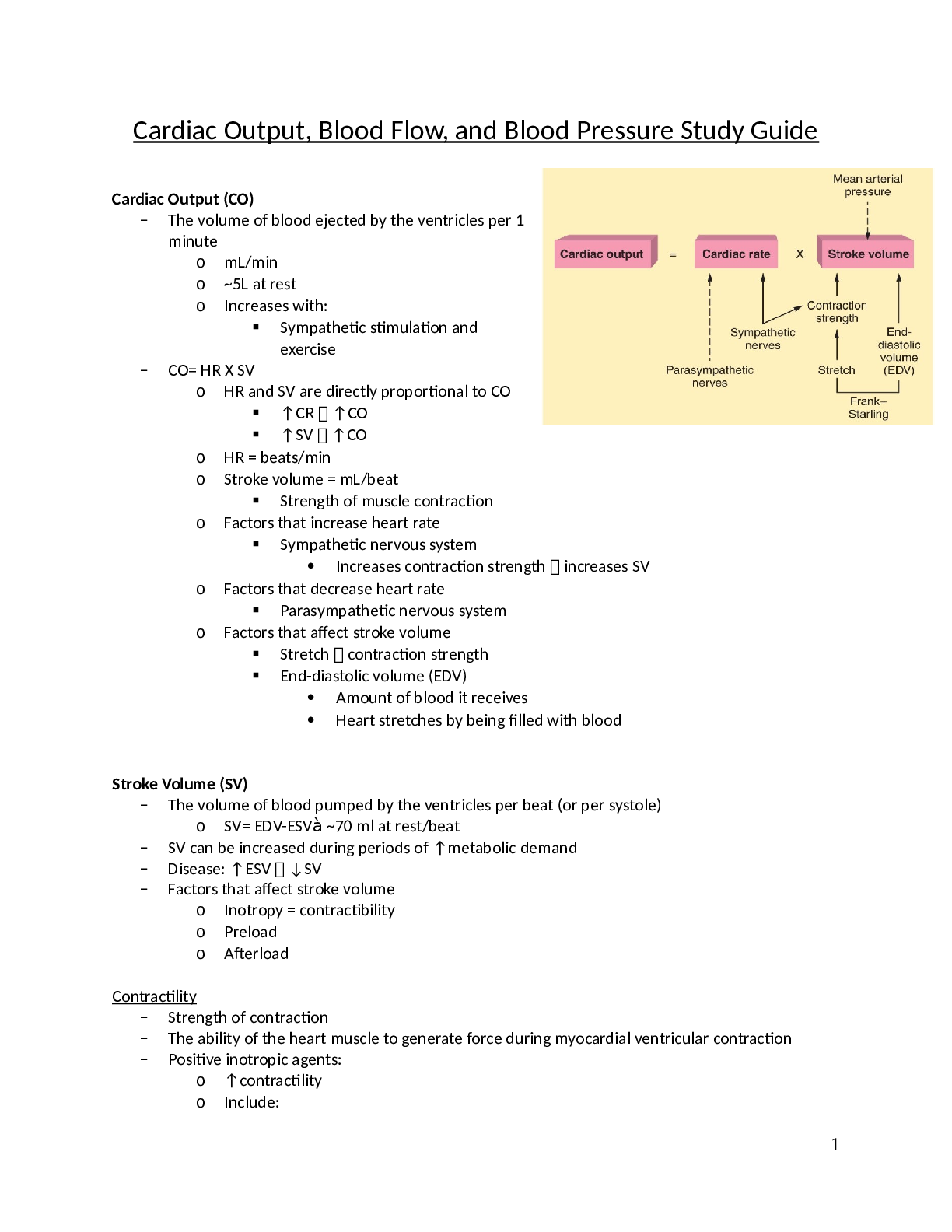
Reviews( 0 )
Document information
Connected school, study & course
About the document
Uploaded On
Mar 02, 2022
Number of pages
23
Written in
Additional information
This document has been written for:
Uploaded
Mar 02, 2022
Downloads
0
Views
73

